Modernization of US strategic nuclear forces. Disputes and affairs
Current situation
Currently, the United States has a highly developed strategic nuclear forces. In terms of quantity and quality, only Russian forces can compare with American forces; other nuclear powers are still in the position of overtaking. The development of the US strategic nuclear forces is to a certain extent limited by the complexity and high cost of projects. In addition, Washington has to comply with the terms of the Strategic Arms Reduction Treaty (START III).
According to official data of the State Department, as of 1 in March, 2019 of the US strategic nuclear forces had 800 deployed carriers of nuclear weapons, of which 656 were in deployed condition. The number of deployed warheads calculated according to the conditions of START-III was 1365 units. Thus, the declared status of the SNF complies with the requirements of the Treaty, although it leaves some margin for increasing the number of charges and their carriers.
According to the IISS The Military Balance 2018 directory, the United States SNF carries the 400 intercontinental ballistic missile LGM-30G Minuteman III. The aerial component of the nuclear triad includes 90 aircraft: X-NUMX B-70H and 52 B-20A missile bombers. In the oceans, Ohio nuclear submarines with 2 UGM-14A Trident D-24 missile launchers on each can be on duty.
The existing planes and missiles are capable of carrying several nuclear warheads, which makes it possible to adjust the state of the strategic nuclear forces to current requirements. Depending on the situation, it is possible to change the number of warheads and one or another component of the triad.
Over the past few years, statements about the need for a full-scale modernization of the strategic nuclear forces have been heard in the United States at various levels. The current programs envisaged by the latest military budgets make it possible to maintain the required technical condition of the forces, but are not able to ensure their restructuring and cardinal renewal. At the same time, it is planned to develop new bombers and submarines carrying nuclear missiles. According to recent reports, a more serious upgrade of the strategic nuclear forces can only begin by the mid-twenties - provided that the Pentagon and Congress find the necessary opportunities.
Expression of concern
In the first months of this year, US lawmakers managed to hold a series of events during which the development of the SNF was discussed. A variety of statements were made, primarily in support of the future renewal of forces. In favor of this point of view, various arguments are presented, including those related to potential adversaries in the person of Russia and China.
During the last meetings, Jim Inhof, Chairman of the Senate Committee on Armed Forces, repeatedly reminded about the development of Chinese and Russian strategic nuclear forces. Against this background, the United States is postponing the upgrade of its weapons, which can lead to negative consequences. Lawmakers propose to develop and adopt a new development program in the shortest time possible.
28 February at a hearing on nuclear policy J. Inhof said about the intention to create a new draft law on the development of the strategic nuclear forces. He proposes to gather the best experts from military structures and civil organizations who will help to formulate all the necessary plans.
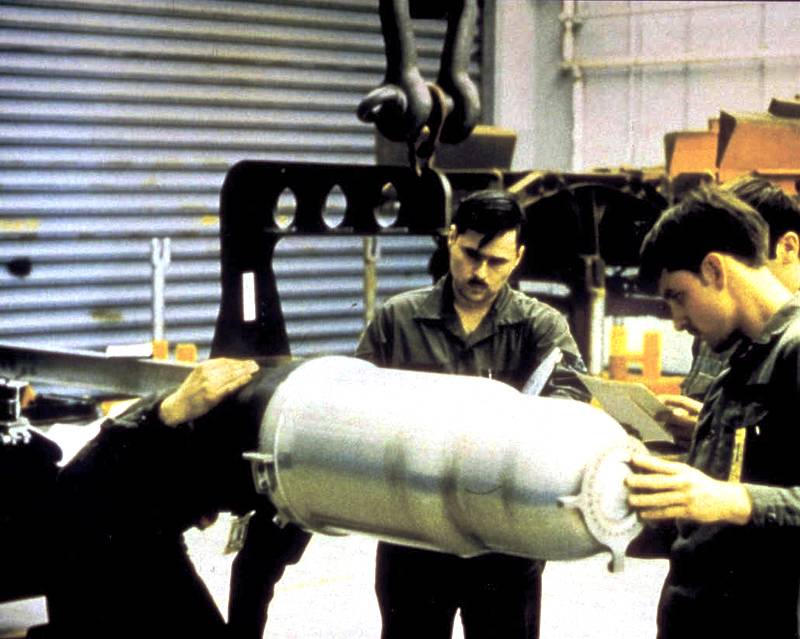
W80 warhead for airborne cruise missiles. Photo US Department of Defense
On March 5, the Senate Committee again discussed the issues of the SNF, this time the meeting was attended by the head of the Strategic Command, General John Heithen. The commander called the nuclear triad an essential element of national defense. In addition, he pointed out that the characteristic capabilities of each of the components of the SNF allow the command to respond to any threat.
According to the general, the proposed modernization of nuclear forces is the minimum necessary effort to protect the country. The most serious threat J. Heiten called the strategic potential of China and Russia.
Recent statements
Against the background of the preparation of the draft law on the military budget, disputes about strategic nuclear forces have resumed. Congressmen are trying not only to ensure the preservation of the desired fighting efficiency, but also to achieve significant savings. A curious dispute on this topic took place on March 6 during hearings with the participation of outside experts.
Chairman of the House Armed Services Committee Adam Smith from the Republican Party recalled the estimates of the Congressional Budget Office. This structure has calculated that the modernization of the country's nuclear energy and nuclear forces will cost 1,2 trillion dollars. A. Smith fully supports the proposed programs, but considers it necessary to optimize costs. Containment of potential adversaries is possible with less waste.
During the same hearings, an interesting opinion was expressed by an expert on nuclear safety at Princeton University and a former officer of the NAC, Bruce Blair. According to his calculations, to maintain an adequate deterrent potential, the United States does not need a full-fledged nuclear triad with all components. Such tasks can be accomplished with just five Ohio-type submarines carrying 120 Trident ballistic missiles.
B. Blair also offers ways to improve the SNF. In his opinion, it is necessary to pay special attention to the elimination of vulnerabilities in communication systems and the management of military nuclear infrastructure. He recalled that in the current nuclear strategy, it takes about 5 minutes to decide on a strike to the president. There is a risk of data damage that the head of state will have to rely on when making a decision.
B. Blair’s statements were criticized by the representative of the Democratic Party, Elaine Luria, a former naval officer who worked with nuclear weapons. In her opinion, lawmakers should support the development of the strategic nuclear forces. In addition, E. Luria considers it dangerous when outsiders suggest that congressmen reduce or eliminate nuclear stockpiles. weapons. She does not believe that other countries will follow this example and will voluntarily begin to reduce their strategic arsenals.
In the course of recent events, A. Smith once again reminded of his proposals in the field of strategic nuclear forces development and development. Thus, in order to change the appearance of nuclear forces and reduce the cost of their maintenance, it is proposed to adopt a policy of refusing a first strike. A. Smith also continues to criticize the program to create a cruise missile LRSO and a special warhead W76-2. The congressman considers the development of these two products inexpedient and leading to unnecessary expenses. By closing the two programs, Washington could redirect funding to more useful and relevant projects.
Matter issue
Available data reveal some details of current work and plans of command in relation to the material part. The Pentagon is taking certain measures aimed at updating the Strategic Nuclear Forces, but not all new programs are large-scale and do not attract much attention of the public and legislators. Other developments, in turn, receive more attention.
At the present time, in the USA, work is underway on several projects for the modernization of nuclear and thermonuclear charges intended for use in strategic nuclear forces. Some updated products may fall into the arsenals in the near future, while the supply of others is delayed for several years. It should be noted that due to limited financial capabilities and due to the lack of serious military-political incentives, the United States still prefers to update the existing combat units. The development of the last new project, W91, was stopped in the early nineties.
Work continues on the upgraded W76-2 warhead designed for the Trident D5 SLBM. This project offers a revision of the W76-1 batch product using state-of-the-art equipment, extending service life and increasing safety. Charging power is reduced from the original 100 kt to 5-7 kt. Earlier it was reported that in January 2019, Pantex would have to manufacture the first W76-2 production units. The initial operational readiness stage will be achieved in the last quarter of the current year. Modernization of products for the new project will continue until the 2024 fiscal year.
The carriers of the new W76-2 warheads will remain the existing Trident-D5 missiles. The latter will be operated on Ohio-class submarines, but in the future a new ship will be created for them. In the early thirties, the United States Navy plans to introduce the lead nuclear submarine of the new Columbia project. On board this ship will be placed 16 silo launchers for existing or future missiles. According to current plans, by the middle of the century in combat fleet will include 12 "Columbia", which will replace all the existing "Ohio".
Several projects are being developed in the interests of the air component of the nuclear triad. First of all, a promising Northrop Grumman B-21 Raider bomber is being created. Such technology will have to replace the existing B-1B and B-52H aircraft in the Air Force; further replacement of newer B-2A is possible. In total, plans to build a hundred B-21. According to various sources, the Raider bomber will be able to carry a wide range of nuclear and conventional weapons - both missiles and guided bombs.
Including for the B-21 creates a promising cruise missile LRSO (Long Range Stand-Off Weapon). While this project is in its early stages and has not reached even the testing of prototypes. In parallel, work is underway to create a warhead for the LRSO.
Together with other equipment such a missile can carry the combat unit W80-4. This product is created on the basis of serial warhead W80, previously developed for air-launched cruise missiles AGM-86 ALCM and AGM-129 ACM. The warhead with a length of 800 mm and a diameter of 300 mm weighing 130 kg has an explosion power from 5 to 130 kt. The W80-4 project provides for the replacement of a part of the warhead equipment with the use of modern components, as well as the adaptation of the existing design to the requirements of the LRSO rocket.
The ground component of the SNF is now equipped with only LGM-30G Minuteman III ICBMs. These missiles were created in the sixties and still remain in service. In the nineties and two thousand years, the Minuteman missiles were modernized with the replacement of engines and equipment parts. Also served service combat units W78. The ICBM LGM-30G is planned to remain in the troops until the thirties. A replacement for them has not yet been developed, but such a project may start in the foreseeable future.
Disputes about the future
As you can see, the US nuclear triad has all the necessary means and is a serious threat to a potential adversary. There are quite powerful and effective weapons and equipment undergoing timely repairs and upgrades. Both in terms of quantity and quality, the American strategic nuclear forces are among the best in the world.
However, it is not difficult to notice the specific state of the material part of the US strategic nuclear forces and the characteristic features of its development programs. In service are submarines with an age of several decades and equally old aircraft. Ground-based ICBMs, with the exception of the renewal program, are even older. The development of fundamentally new warheads has long ceased, and all new projects of this kind only provide for the updating of individual components and the adaptation of charges to current requirements.
However, the marine and air components of the triad in the future will be a certain update. For them, developed new models of equipment and weapons - which can not be said about the land component. It is possible that the creation of new ground-based ICBMs is planned, but it is still attributed to the distant future.
Thus, it can be said that the Pentagon does not have a single and comprehensive program for upgrading the SNF, which simultaneously covers all areas and provides for full-scale updating of key components. Over the past decades, the issue of creating and adopting such a program has been repeatedly raised, but so far there has been no further talk. Individual projects in various spheres are accepted for implementation, but all of them are not implemented as part of a single program.
The reasons for the lack of such a program are obvious. As the Congressional Budget Office recently calculated, such a program would cost taxpayers 1,2 trillion dollars. These expenses can be distributed among several annual budgets, but even in this case, the total amount of funding required remains too large. The cost of a hypothetical program, the desire to save and constant disputes in the political field for many years in a row do not give a real opportunity to launch a full-scale modernization of the strategic nuclear forces.
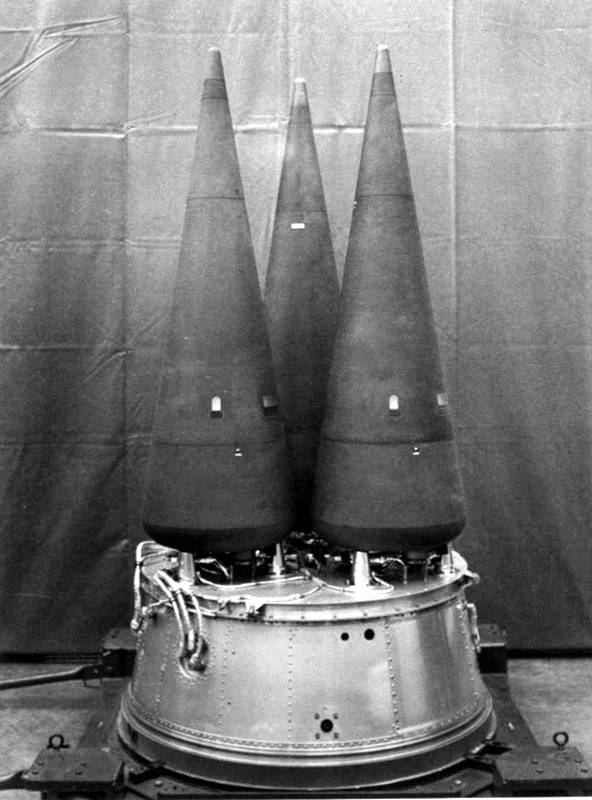
Fighting equipment "Minuteman" - the stage of breeding Mk 12 with combat units W78. Photo US Department of Defense
In such conditions, the military department has to upgrade its strategic nuclear forces as part of individual projects requiring less expenditure. Such an update of the troops is easier to enter into the draft military budget and then carry out. In general, this approach copes with the assigned tasks and allows systematically upgrading the SNF. However, he does not guarantee the absence of claims. For example, the current project of upgrading warheads W76-2 has been criticized for years. Some congressmen do not see the point in redesigning an existing warhead with a reduction in its power.
A look ahead
Apparently, a full-scale program for upgrading strategic nuclear forces, which has been talked about for so long at all levels, will not be adopted in the foreseeable future for well-known reasons. The Pentagon, in turn, will continue to update the existing material part and create new models in the framework of individual programs and projects. Thanks to this, the SNF will still receive improved weapons and modern equipment.
It is expected that certain features of the current situation will continue in the future. Thus, since the beginning of the nineties, the United States has not created new nuclear warheads, and the development of such projects is unlikely to start in the near future. In the near and medium term, the SNF will continue to operate the old Minuteman missiles, and only long-range aviation and the Navy can count on a serious upgrade of the hardware.
Currently, the United States has large and developed strategic nuclear forces capable of solving all the tasks. However, weapons and equipment become obsolete morally and physically, which requires them to be replaced in a timely manner. The current activities of the Ministry of Defense and related organizations make it possible to update the equipment of the troops in a timely manner, but not in all spheres and in the desired volumes. In the distant future, this can lead to very unpleasant consequences in the form of lagging behind a potential adversary. In recent statements, officials have repeatedly mentioned the threat in the face of Russia and China. And in the future it will become clear whether such a threat could affect the course of discussions, the adoption of new programs and the actual development of the SNF.
Based on:
https://state.gov/
https://defense.gov/
https://defensenews.com/
http://globalsecurity.org/
https://fas.org/
http://nuclearweaponarchive.org/
https://naval-technology.com/
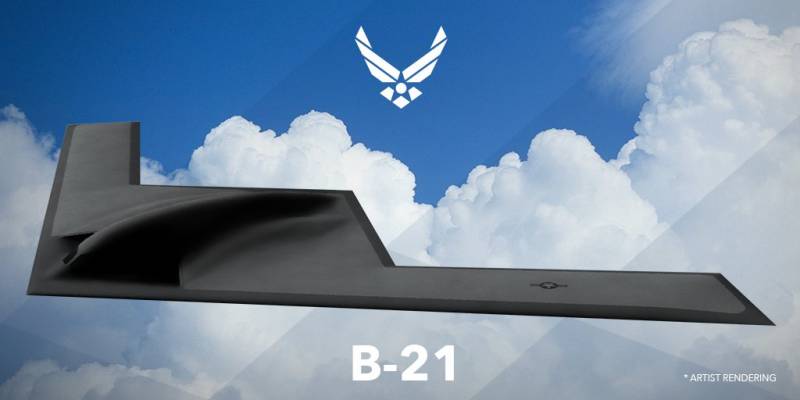
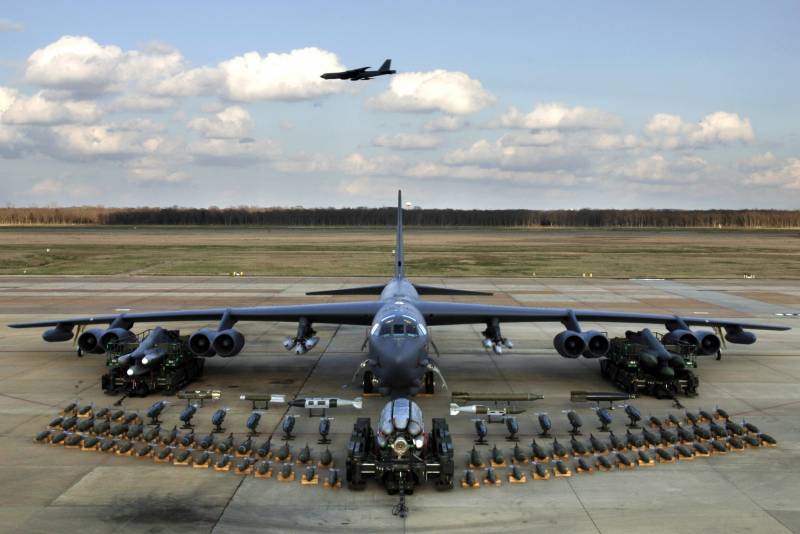
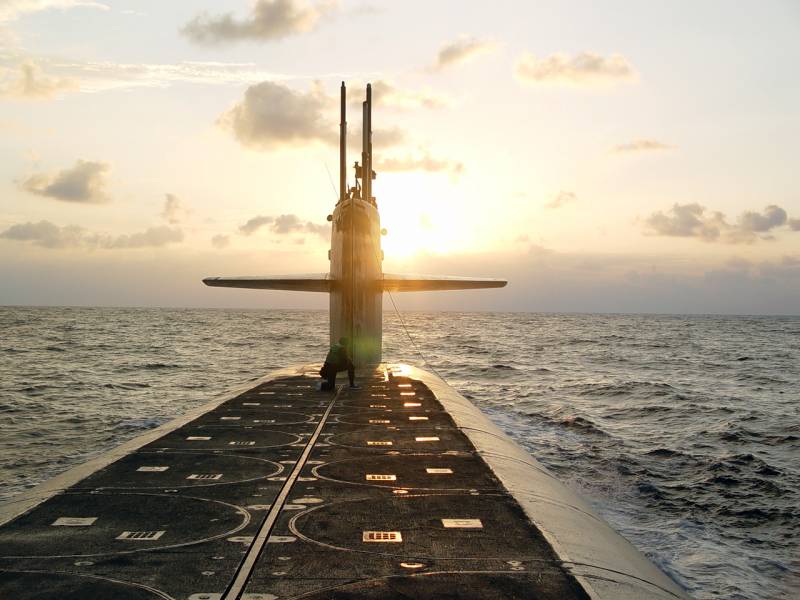
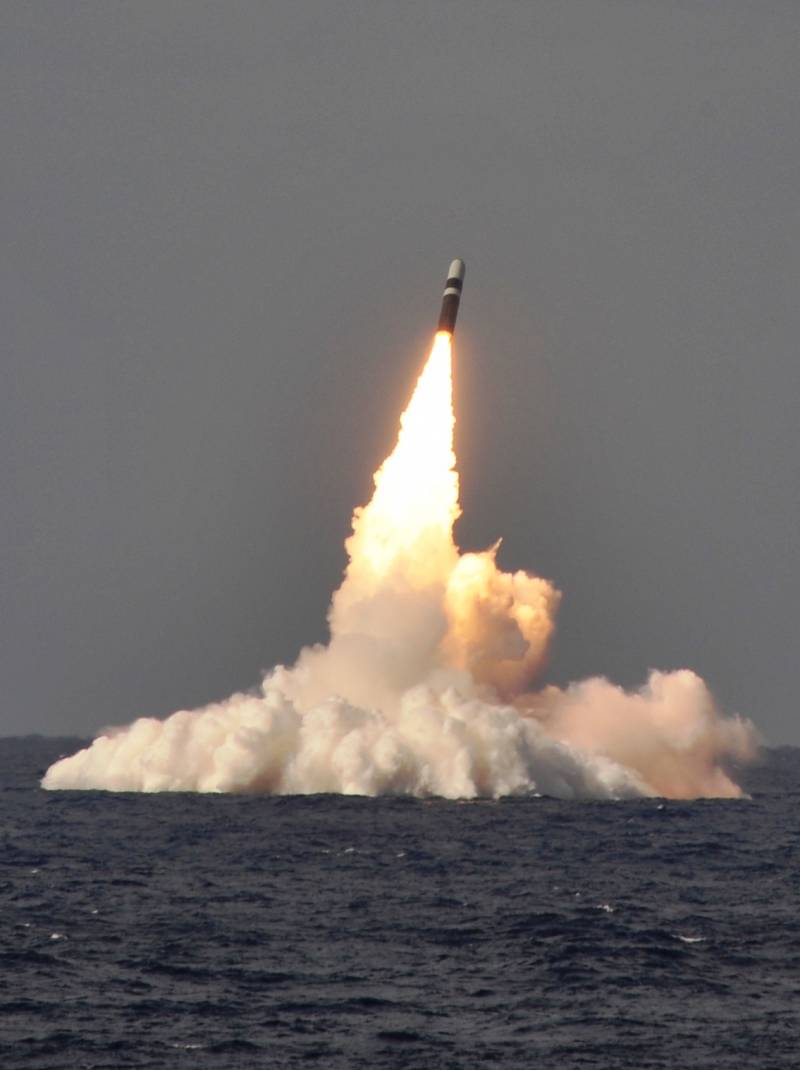
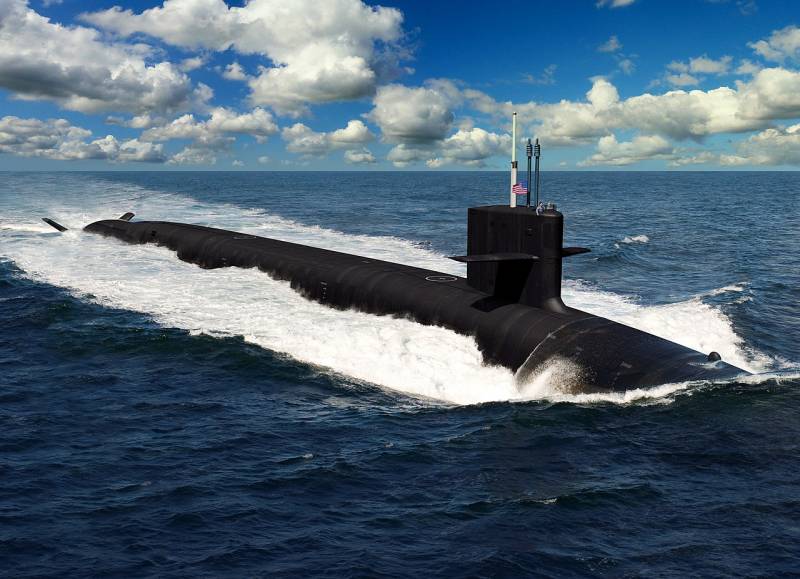
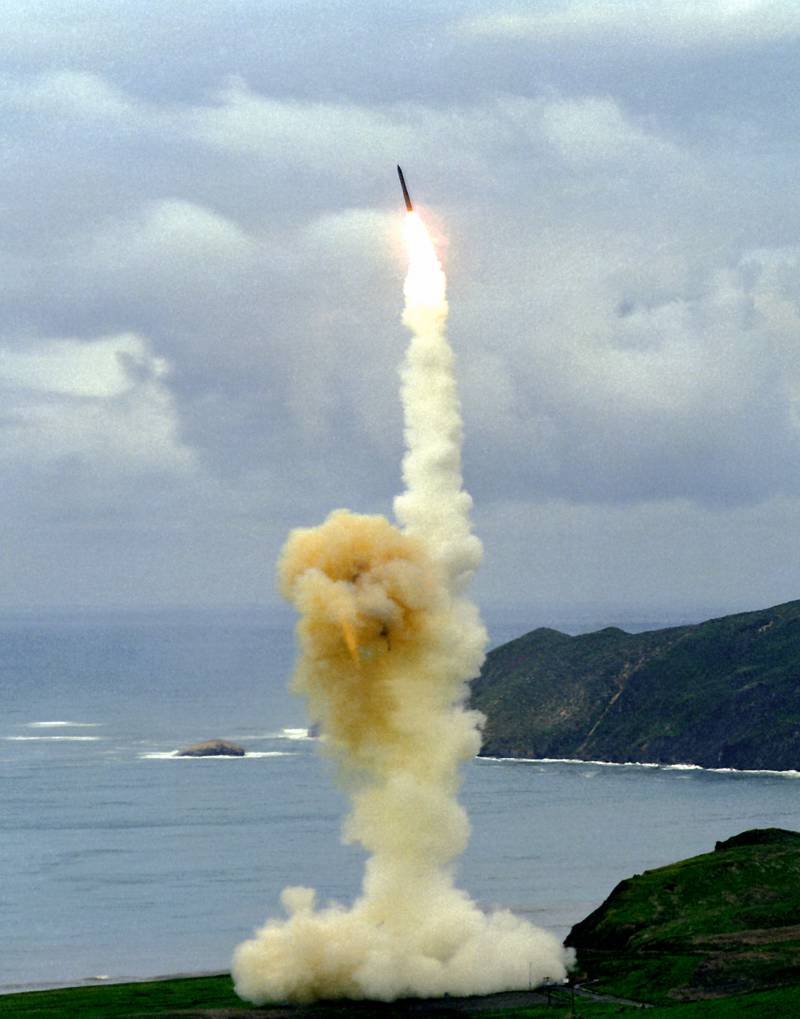
Information